#africa grasslands
Text



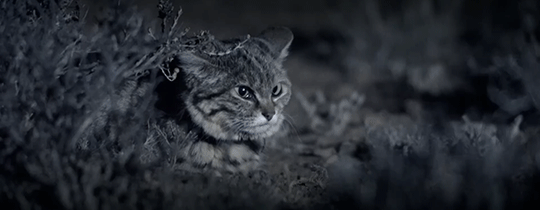
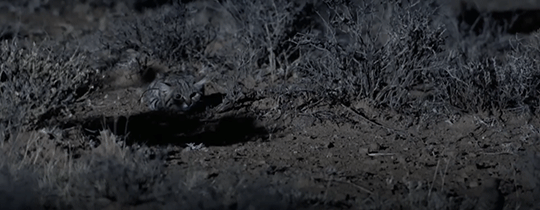
Thanks to a radio collar and night-vision cameras, we can watch a black-footed cat hunting. They're renowned for their skill, with a 60% rate of success hitting their target.
©Nature on PBS
407 notes
·
View notes
Text

Half the land earmarked for regeneration by the 34-country African Forest Landscape Restoration Initiative (AFR100) is in savannah or other non-woodland areas, says a paper published in Science on Thursday.
[...]
“There is a vast area of non-forest across Africa that is earmarked for restoration, principally through tree planting,” said Catherine Parr, a co-author of the paper and an ecologist at Liverpool, Pretoria and Witwatersrand universities. “The focus solely on forests and trees is highly problematic for these non-forest systems.”
The AFR100 project seeks to restore at least 100mn hectares of degraded land — an area the size of Egypt — in Africa by 2030, with big plans in countries including Cameroon, Ethiopia, Mali and Sudan. The initiative’s backers include the German government, the World Bank and the non-profit World Resources Institute.
But about half of the approximately 130mn hectares that African countries have committed to restore through AFR100 is earmarked for non-forest ecosystems, principally savannahs and grasslands, according to the paper.
[...]
The dispute over the research highlights growing friction over pledges by philanthropists and corporate leaders to plant a trillion trees worldwide. These ambitious plans face obstacles including potential shortages of available land suitable for planting. Other questions concern how effective newly planted trees are at locking in significant amounts of carbon dioxide — and how vulnerable they are to risks such as forest fires.
“There’s such a big focus at international level on deforestation, but the level of sophistication and understanding about ecosystems writ large is really low,” said Alex Reid, a policy adviser on nature and finance at Global Witness, a non-profit group.
Some scientists and conservationists argue that it is better to focus on preventing deforestation, by creating incentives to retain woodland areas. Greenhouse gases released by deforestation make up about 11 per cent of global emissions, according to the Intergovernmental Panel on Climate Change.
229 notes
·
View notes
Text

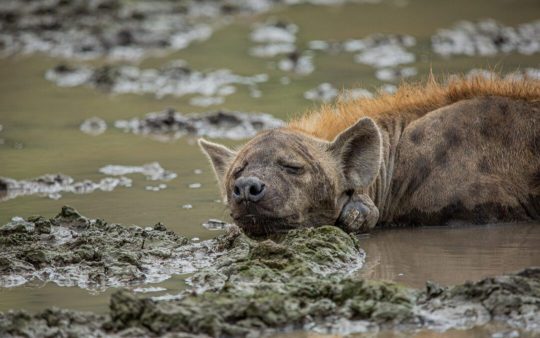

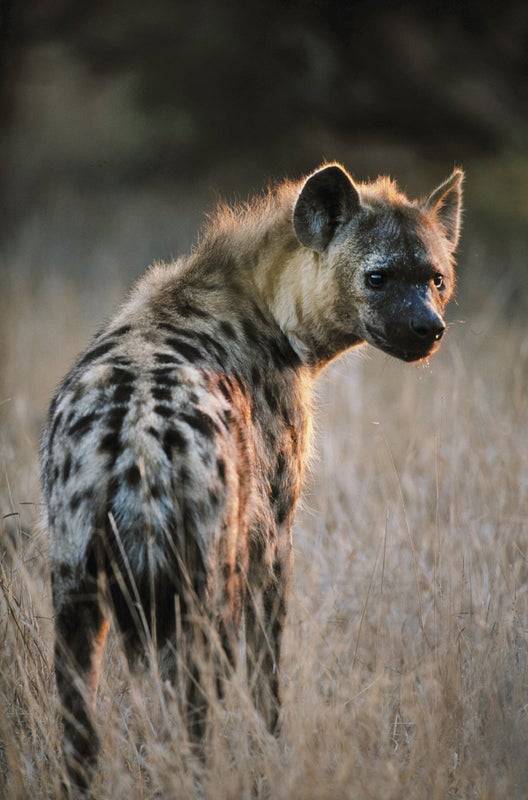
Say Hi to the Spotted Hyena
The spotted hyena is also known, perhaps most famously, as the laughing hyena (Crocuta crocuta). This species once ranged throughout Eurasia, but following the end of the Ice Age was restricted to sub-Saharan Africa. Today they can be found in many types of dry, open habitat, including savannah, semi-desert, and mountain forests. At times, the spotted hyena may also enter urban areas in search of food.
Unlike other hyenas, Crocuta crotuta is a predator, not a scavenger. They most commonly prey on wildebeast, but they may also hunt zebra, gazelles, Cape buffalo, and warthog. In addition, desperate times may cause packs to hunt on more dangerous prey such as young hippopotamus, giraffe, and rhinoceros. Spotted hyenas have incredible endurance, reaching speeds of 60 km/hr (37 mph); a single chase can last over 24 km (14 miles). When live prey is scarce, the laughing hyena can also turn to carrion, as well as snakes and ostrich eggs. In turn, this species may be killed by lions, though this may be motivated more by competition than prey drive.
Spotted hyena females are typically larger than males, weighing 44.5–67.6 kg (98–149 lb) to the males' 40.5–69.2 kg (89.3–153 lb). The height range for both sexes lies between 70–91.5 cm (27.6–36.0 in). In addition, female laughing hyena are somewhat famous for their masculinated genetalia; the clitoris is enlarged, resembling a penis, and is accompanied by sacs filled with fibrous tissue that resemble a scrotum. As the name implies, the coat is light brown with darker spots over most of the body. Because the species has such a wide diet, it has was is considered to be the strongest in relation to size of any mammal. The bite force is stronger than that of a brown bear, and can exert a force of 4,500 newtons-- enough to crush bone.
The laughing hyena is a highly social animal, and individuals live in communities up to 80 strong; size largely depends on prey availability and whether or not the group migrates. A clan territory can be anywhere from 40 km (24 mi) to 1000 (621mi) squared. Females dominate the males, and a pack is usually led by a matriarch. Hierarchies are strictly enforced, and positions are primarily inherited through birth and transferred through death. In addition, one's rank is maintained and recognized through social alliances and their contributions to the clan rather than size or dominance displays. The entirety of the clan comes together most often when defending a territory, gathering at the communal den, or at a kill; however, these kills are more commonly produced from smaller offshoots of the clan.
Crocuta crotuta can breed year-round, though mating is at its peak during the wet season from April to June. Members of both sexes pair indiscriminately with multiple mates, both within their clan and without. To offer himself, the male performs a mating ritual in which he lowers himself to the ground before the female, and retreats if any aggression is shown. Once impregnated, the female carries for about 110 days before giving birth to two cubs-- three is fairly rare. Weaning takes another 14 to 18 months, during which time cubs learn to hunt and defend the clan, as well as establish their place in the social hierarchy. Sootted hyenas reach maturity at about 3 years old, and can live an average of 12 years in the wild, though individuals as old as 25 have been recorded.
Conservation status: The spotted hyena has been determined Least Concern by the IUCN. However, outside protected areas the population is declining due to deforestation and hunting as a nuisance species.
If you like what I do, consider leaving a tip or buying me a ko-fi!
Photos
Augusto Bila
Elise Pianegonda
Evie Davidian
Art Wolfe
#spotted hyena#Carnivora#Hyaenidae#hyenas#carnivores#mammals#savannahs#savannah mammals#grasslands#grassland mammals#scrubland#scrubland mammals#africa#sub saharan africa#animal facts#biology#zoology#requested
175 notes
·
View notes
Text

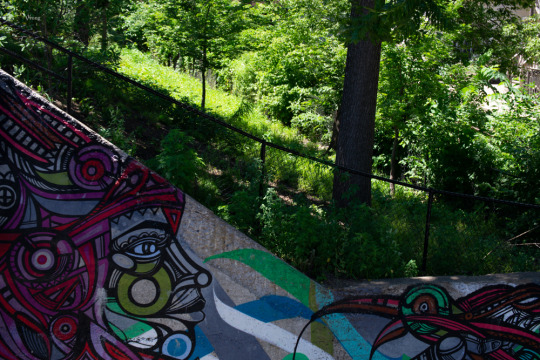

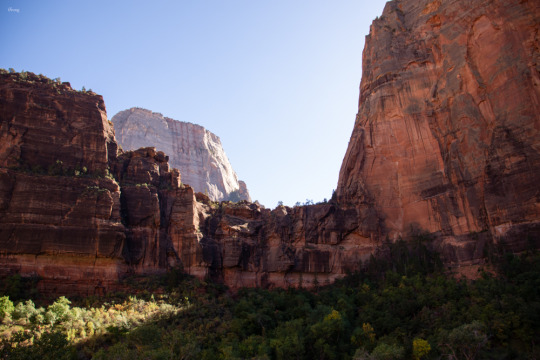
#Tropical and subtropical moist broadleaf forest 6 ft/1.8m above sea level within the American South#Temperate forest 605 ft/184.5m above sea level within the American Midwest#Semi-arid Tropical grassland 2030 ft/920m above sea level within Eastern Africa#Semi-Arid High Desert 4000 ft/1219m above sea level within the American Southwest#street photography#wildlife#landscape photography#hourbyhour#out there#outside#ishootsometimes#vvrong
11 notes
·
View notes
Text
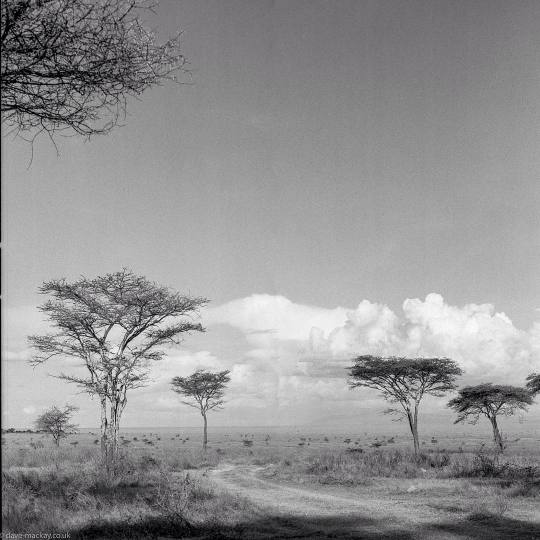
Tanzania 2016.
#wilderness#conservation#blackandwhiteisworththefight#filmphotographic#serengeti#africa#kodak400tx#trees#grassland#hasselblad500cm#filmsnotdead#believeinfilm#ngorongoro#legendaryexpeditions#mbono
5 notes
·
View notes
Text
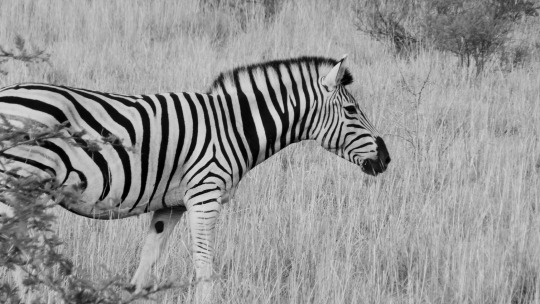
🌾 Pilanesberg National Park, ZA.
Plains Zebra 🔆
#wildlife photography#wilderness adventure#digital photography#black and white#black and white photography#nature diary#North West Province#South Africa#grassland#bosveld#nature#nature reserve#conservancy#nature log#nature core#plains zebra
2 notes
·
View notes
Photo
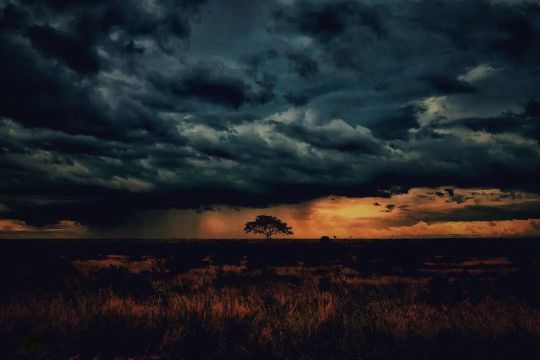
#southafrica #africanplains #tree #sunset_pics #sunsetsky #sunsetofinstagram #sunsetcolours #appicoftheweek #amateurphotographermagazine #sunsetporn #sunsets_captures #sunset #sunsetcolors #thunderclouds #cloudstagram #african #africa #kruger #krugernationalpark #grassland #naturephotography #nature_perfection #stormclouds #naturescolours #natureisamazing (at Lower Sabie) https://www.instagram.com/p/CpQ3LSVo1qD/?igshid=NGJjMDIxMWI=
#southafrica#africanplains#tree#sunset_pics#sunsetsky#sunsetofinstagram#sunsetcolours#appicoftheweek#amateurphotographermagazine#sunsetporn#sunsets_captures#sunset#sunsetcolors#thunderclouds#cloudstagram#african#africa#kruger#krugernationalpark#grassland#naturephotography#nature_perfection#stormclouds#naturescolours#natureisamazing
4 notes
·
View notes
Text
The scimitar-horned oryx is a large antelope.
Oryx from Zoos and private collections were released into the Grasslands in the nation of Chad.
#rewilding#endangered species#africa#grasslands#environment#science article#nature reserve#biology#scientific article
0 notes
Text
#africa#alligators#asia#asian elephant#biodiversity#bushmeat#candice gaukel andrews#clouded leopard#conservation#environment#europe#everglades national park#extinction#florida#forests#golf course#grasslands#national parks#natural habitat adventures#nathab#nature#poaching#red deer#rewilding#rhinos#science#science and environment#scientific research#sun bears#tanzania
0 notes
Text
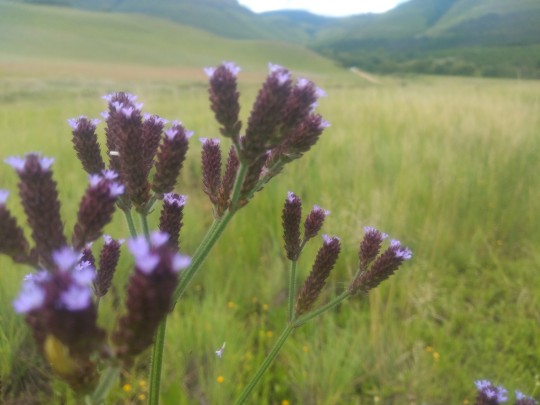
0 notes
Text
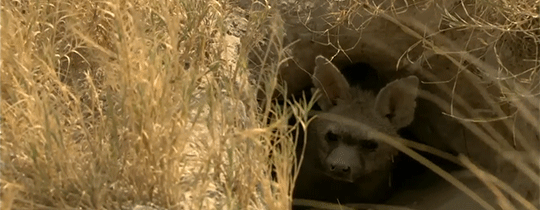



Most large members of the order of Carnivora feed on other, smaller animals, but the aardwolf gets most of its nutrition from insects and their larvae, especially termites. They can lap up more than 300,000 per night with their tongue, which has adapted to withstand the bugs' bites.
©
347 notes
·
View notes
Photo



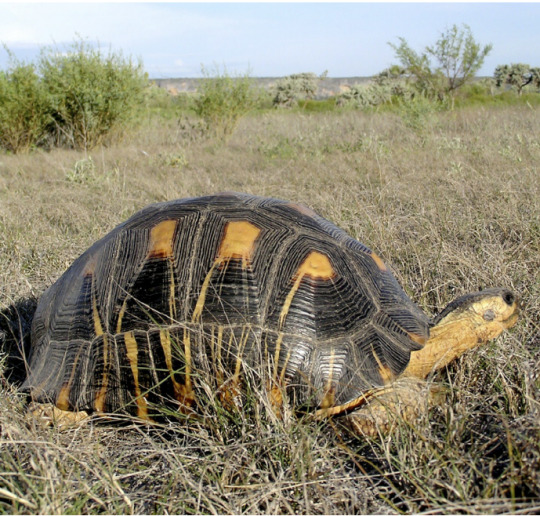
The Radiant Radiated Tortoise
One of the rarest tortoise species in the world, the radiated tortoise (Astrochelys radiata) is only native to the island of Madagascar. They can be found throughout the island, but they are most abundant in the southern part of the island, among the scrub and thorny brush. In addition to their home range, this species has also been introduced to the nearby island of Reunion.
Like all tortoises, the radiated tortoise is an herbivore. Grasses, leaves, and decaying vegetation constitute about 80-90% of their diet, and is supplemented with flowers, fruits, and cacti- particularly prickly pear cacti. Finding food also makes up the majority of their daily activity, as they move around their territories to find fresh growth. A. radiata’s thick shell deters most predators, but reptiles and birds are known to feed on eggs and hatchlings.
The radiated tortoise mates all year round, due to the relatively consistent climate and food supply. When a male encounters a suitable female, he seduces her by bobbing his head and smelling her hind legs. If she’s receptive, he will mount her in a surprisingly noisy, violent affair-- both parties hiss and grunt, and in some cases the female’s shell may crack from the force of the male’s plastron striking it.
If mating is successful, the female lays a clutch of 3-12 eggs in an excavated burrow. These eggs incubate anywhere from 5 to 8 months, depending on the average temperature of the nest. The young that emerge are quite small, only 3-4 cm (1-1.5 in) long and lacking the distinctive patterned dome shell. These tortoises will take 16-20 years to reach their full size and become ready to mate. The lifespan of this species varies widely; most individuals live only 40-60 years, but some have been recorded reaching 188.
A. radiata has a very distinctive look. The shells are extremely curved, and is dark brown or black with a striking yellow star pattern that gives the species its name. The rest of the body is dusty yellow, except for a dark patch on the back of the head. The limbs and tail are also covered in thick, raised scales that offer extra protection against predators and help the tortoise retain moisture. Compared to other tortoise species in terms of size, the radiated tortoise is right in the middle: at their maximum, they can reach 40 cm (16 in) long and weigh up to 15 kg (35 lbs).
Conservation status: The IUCN has classified the radiated tortoise as Critically Endangered, due to habitat loss and overcollection for the pet trade. Wild populations have been Many zoos and conservation programs keep captive populations for breeding and reintroduction.
If you like what I do, consider leaving a tip or buying me a ko-fi!
Photos
Mehgan Murphy
Jackelin Reyna
Rajo Adolphe Landry Andrianiaina
Miguel Pedrono
#radiated tortoise#Testudines#Testudinidae#tortoises#turtles#reptiles#scrubland#scrubland reptiles#tropical forests#tropical forest reptiles#grasslands#grassland reptiles#africa#madagascar#biology#zoology#animal facts
266 notes
·
View notes
Photo

Stretching new heights in the Masai Mara! #giraffe #wildlife #safari #travel #adventure #nature #animals #masaimara #kenya #africa #photography #tall #beauty #longneck #grassland #savannah #wild #giraffesofinstagram #ig_africa #animalsofinstagram #animalphotography #wildlifephotography #naturephotography #africanwildlife #wildlife_perfection #giraffelove #giraffephotography #giraffes #giraffepose #giraffesofig (at Masai Mara) https://www.instagram.com/p/CnYtr3UqBOs/?igshid=NGJjMDIxMWI=
#giraffe#wildlife#safari#travel#adventure#nature#animals#masaimara#kenya#africa#photography#tall#beauty#longneck#grassland#savannah#wild#giraffesofinstagram#ig_africa#animalsofinstagram#animalphotography#wildlifephotography#naturephotography#africanwildlife#wildlife_perfection#giraffelove#giraffephotography#giraffes#giraffepose#giraffesofig
1 note
·
View note
Text
Solarpunk Art 2023 (BIOREGIONS)
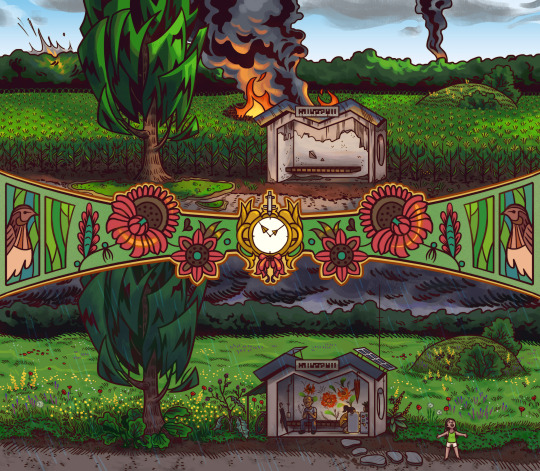
Temperate Grassland in Ukraine by @the.lemonaut.
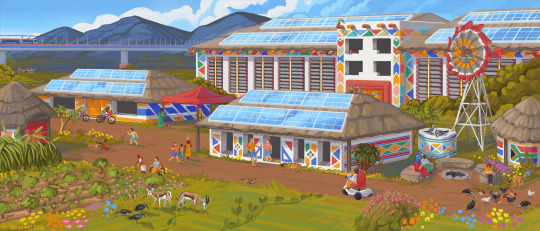
Desert/Xeric Shrublands in South Africa by @draakart
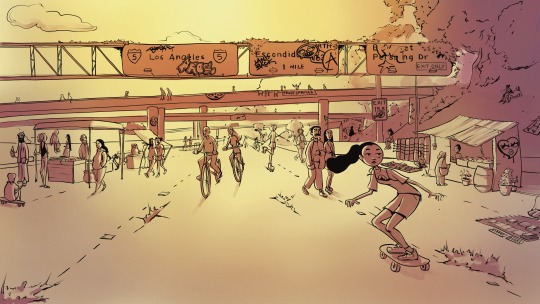
Mediterranean Forests/Scrubs in Southern California, USA by @helentadesseart
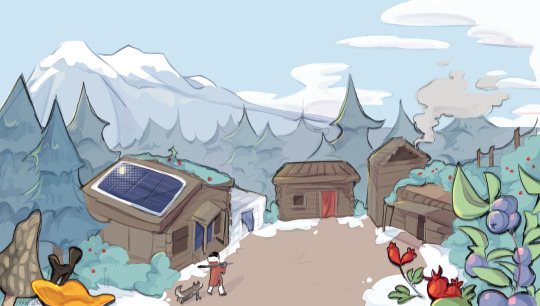
Boreal Forest by @_frandszk.

Mediterranean Forest/Scrubs in Tijuana, Mexico by Limonarte
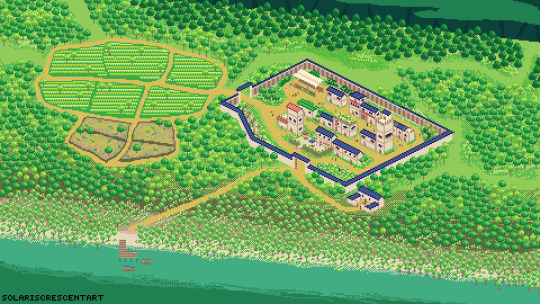
Subtropical Evergreen Forests in South China & Vietnam by @solariscrescentart

Tropical & Subtropical Moist Broadleaf Forests in the Philippines by @lacan.lacapat

Temperate Broadleaf & Mixed Forests in the Ozark Highlands of the USA by Xiantifa

Temperate Broadleaf & Mixed Forests by Arikadough
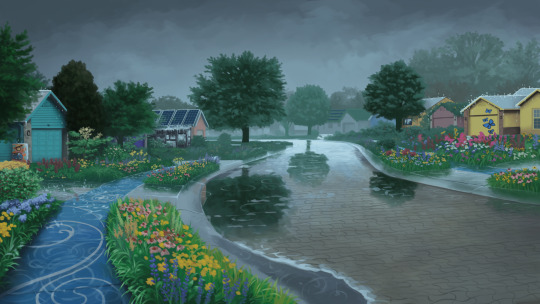
Temperate Broadleaf & Mixed Forests in Indiana, USA by Toby Raab
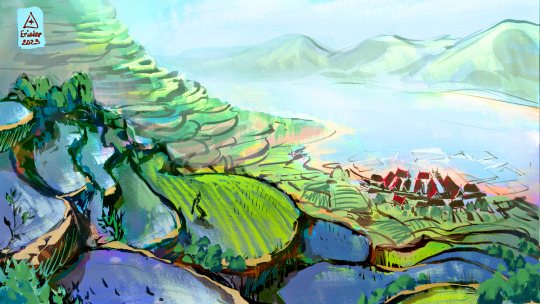
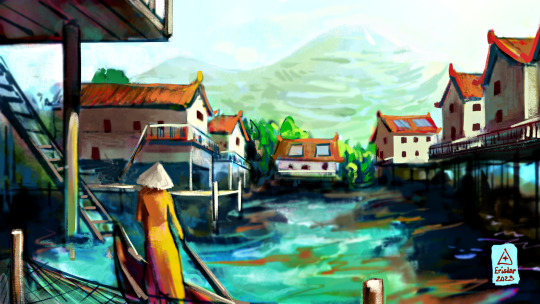
Subtropical Evergreen Forests in South East Asia by @erisdar_art
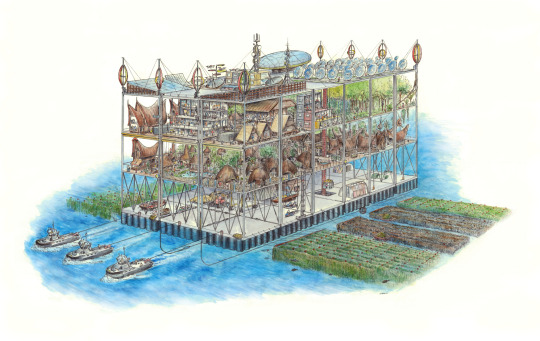


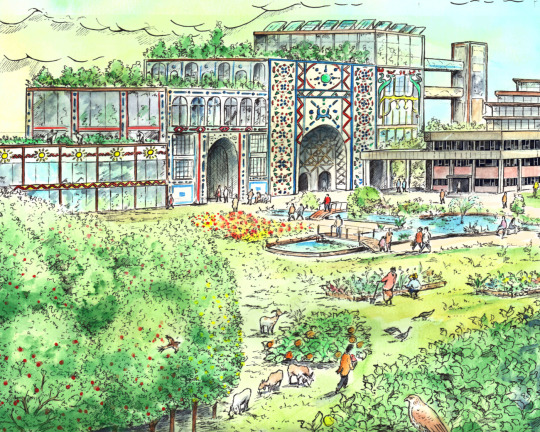

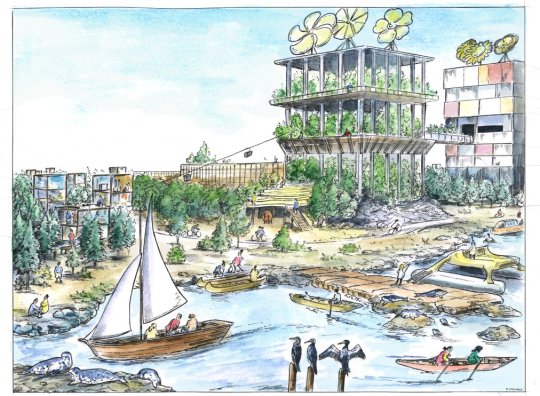
Various Bioregions by Dustin Jacobus (@solarpunkart)
700 notes
·
View notes
Text

Thomas. Kabanga, Zambia 2017.
#Africa#Zambia#thebiggerpicture#conservation#portrait#kafuenationalpark#kafue#dswf#gamerangersinternational#kafueconservationproject#hasselblad500cm#filmsnotdead#busangaplains#busanga#scout#ranger#termitemound#grasslands#antipoaching#kafueriver#kodakektar#kodakportra400#c41#believeinfilm#colourfilm
0 notes
Note
Could we have some secretary birds please? I love those guys.
~ 🤍
But of course! One of my favorite birds!
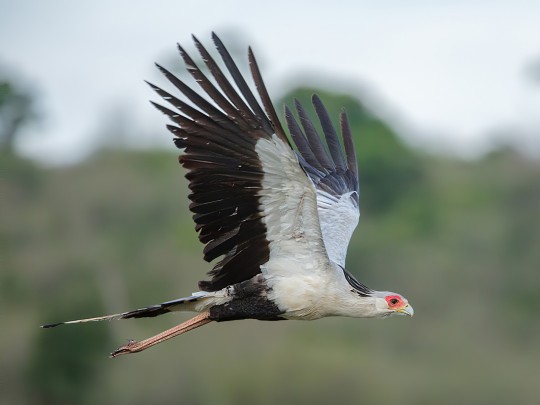

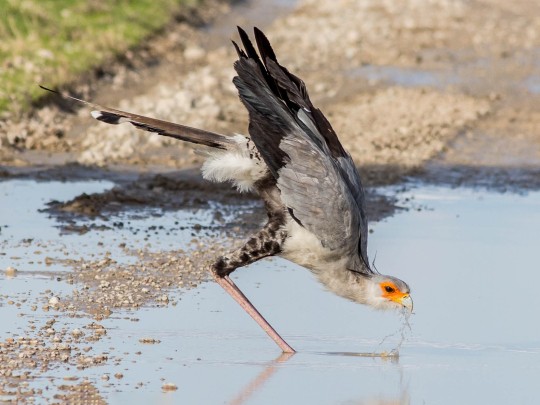

Secretary Birds (Sagittarius serpentarius), family Sagittariidae, order Accipitriformes, found across grasslands and arid areas in Sub-Saharan Africa
ENDANGERED.
These birds stand at a maximum height of 1.3 m (4 ft 3 in).
They feed on a wide variety of small animals, including venomous snakes.
Endangered due to habitat destruction.
photographs: Michael Bourquet, Antero Topp, Marco Valenti, Subramanya CK
420 notes
·
View notes